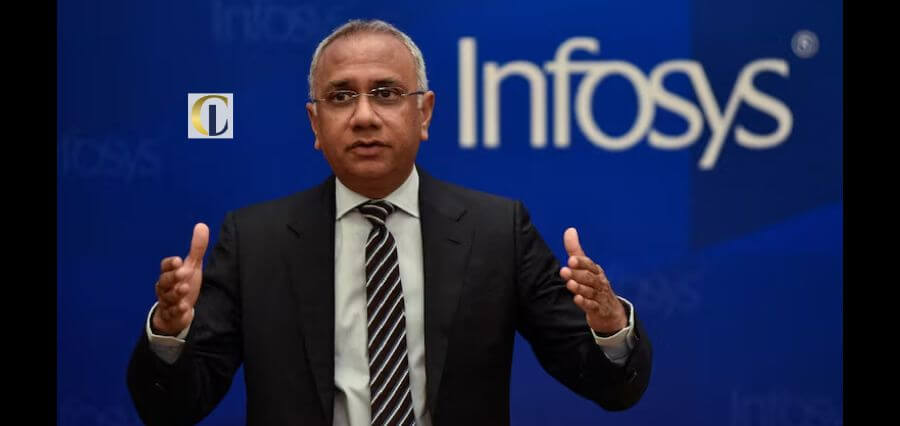In the vast cosmos of human achievements, India etched its name into the annals of space exploration history by launching its first manned space mission. As the world watched in anticipation, India, a nation with a rich history of science and astronomy, boldly took a giant leap into the stars. Let’s take a closer look at the journey of this monumental endeavor.
Background: The Space Dream
India’s fascination with the cosmos is ancient. With early texts like the ‘Rig Veda’ making references to astronomical phenomena and ancient observatories like the Jantar Mantar standing as testament to its astronomical prowess, the stars were never strangers to India. The foundation of the Indian Space Research Organisation (ISRO) in 1969 was a modern manifestation of this age-old intrigue.
Gaganyaan: The Visionary Project
‘Gaganyaan’ (meaning ‘Sky Craft’ in Sanskrit) was India’s ambitious project of sending astronauts, or as India aptly named them – “vyomanauts”, into space. Announced by the Indian Prime Minister in 2018, the mission aimed to send a crewed spacecraft 300-400 km above the Earth.
The Training
ISRO collaborated with various international space agencies to train its vyomanauts. This training was comprehensive, spanning from physical endurance to understanding the complexities of a spacecraft. Special attention was given to ensure the vyomanauts could handle any unforeseen challenges in space.
The Craft
The Gaganyaan spacecraft was a marvel of engineering. Equipped with cutting-edge life support systems, safety measures for astronauts, and the capability to sustain in space for up to seven days, the craft was both a testament to India’s technological prowess and its commitment to the safety of its crew.
The Launch
The world watched as the Gaganyaan mission took off, with millions in India holding their breath. As the rocket soared into the skies, it symbolized India’s aspirations, capabilities, and its place in the space exploration community. The launch was not just about reaching space; it was about showcasing India’s ability to innovate, collaborate, and dream big.
In Orbit & The Return
Once in orbit, the vyomanauts conducted a series of experiments, contributing to global space research. Their return was greeted with jubilation, as they safely touched down, marking a successful end to a historic journey.
Implications for the Future
India’s first manned space mission wasn’t just a proud moment for the nation but a beacon for developing countries worldwide. It showcased that with determination, collaboration, and innovation, even resource-constrained nations can achieve greatness in advanced scientific arenas.
Inspiring a New Generation
The ripple effect of the Gaganyaan mission was felt profoundly amongst India’s youth. Schools and colleges across the country held space-themed events, workshops, and lectures. This mission inspired countless young minds to dream of a future in aerospace, astrophysics, and other space-related fields. Children, irrespective of their socio-economic backgrounds, began to see themselves as the next vyomanauts.
Boost to Indigenous Technologies
Gaganyaan gave a significant push to homegrown technologies. While India collaborated with various nations for certain aspects of the mission, a large part of the technology and infrastructure was developed indigenously. This not only bolstered the Indian aerospace industry but also proved the country’s capability in high-tech manufacturing and research.
Strengthening of International Collaborations
The mission opened doors to new collaborations and partnerships in the realm of space exploration. Space agencies from countries like Russia, France, and the USA extended their support and expertise, and in return, were eager to work on joint missions and share research. Such collaborations promise a future where global challenges in space exploration are tackled through unified efforts.
Space Tourism & Commercial Avenues
With the success of Gaganyaan, the Indian space sector saw a surge of interest from private players. The possibility of space tourism, satellite launches for private entities, and research missions became tangible goals. India, with its cost-effective space solutions, could very well become a hub for global space commerce in the coming decades.
Looking Beyond – Lunar and Martian Dreams
The success of the manned mission is just the beginning. ISRO has hinted at more ambitious projects, including potential manned missions to the Moon and even Mars. The experience and data gathered from the Gaganyaan mission will be invaluable for these future endeavors.
Environmental Monitoring & Global Challenges
Beyond exploration, the importance of space missions in monitoring Earth’s environment cannot be understated. With the increasing global challenges of climate change, space-based observations become crucial. The expertise gained from Gaganyaan can enhance India’s capabilities in using satellites for environmental and weather monitoring, disaster management, and more.
In Conclusion
The Gaganyaan mission was more than just a spaceflight. It was a statement. A statement that India is ready to take its place in the consortium of space-faring nations, contributing to humanity’s quest for knowledge and understanding of the great unknown. As the world continues its cosmic journey, India has undoubtedly secured its seat at the helm, steering the ship of exploration, innovation, and imagination.
Read More: Click Here








